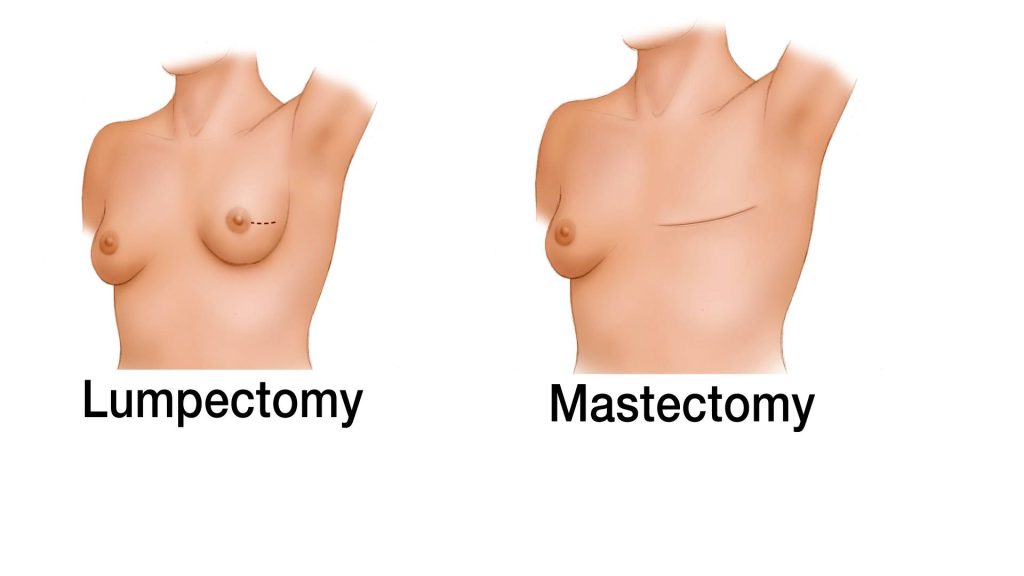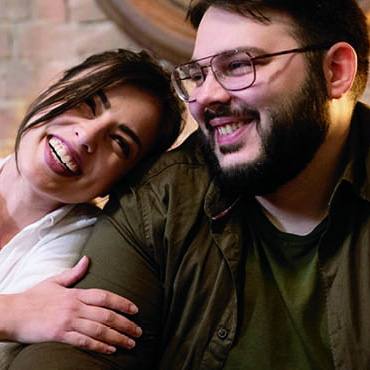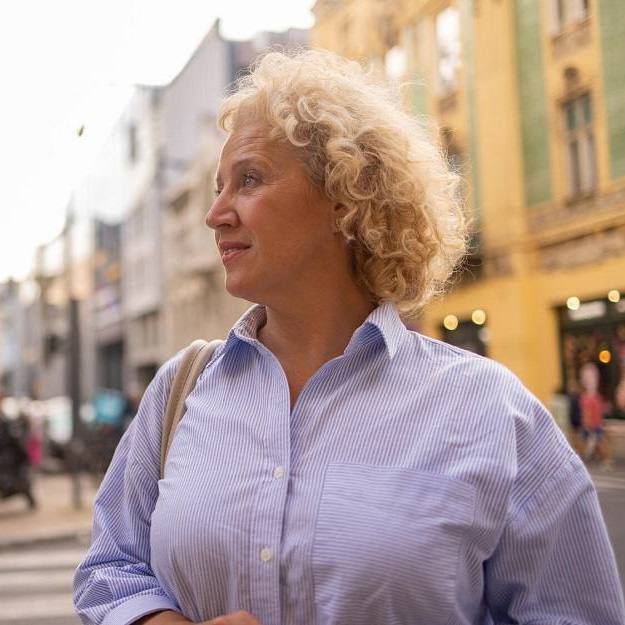Editor’s Note: May is National Women’s Health Month
Globally, 2.3 million women are diagnosed with breast cancer every year, according to the World Health Organization. Advances in treating breast cancer are improving care and quality of life.
Journalists: Broadcast-quality video (1:00) is in the downloads at the end of this post. Please courtesy: "Mayo Clinic News Network." Read the script.
Treating breast cancer may include personalized therapies or surgery.
"There are only two surgical options: lumpectomy and mastectomy. But there are 100 reasons why women choose one thing or another," says Dr. Sarah McLaughlin, a Mayo Clinic breast surgical oncologist. "Some of that can be cancer-based, some of it can be family history and genetic, some of it can be personal peace of mind."
A lumpectomy removes the cancerous tissue and the surrounding margin of normal breast tissue. A mastectomy removes the entire breast. Dr. McLaughlin explains that decades of research have shown similar long-term survival rates for both options.

"If you don't need a mastectomy, you don't do better or live longer because you do a more radical operation," says Dr. McLaughlin.
Surgical innovations are improving care and quality of life. Some patients no longer need lymph nodes under the armpit removed, and new techniques remove less skin while preserving the nipple and areola complex.
"That means placing the incisions remote from the actual site of cancer and then rearranging the breast tissue within what remains," says Dr. McLaughlin.
It's important to work with your healthcare team to determine what treatments are best for you. Considerations may include the stage of cancer, your personal preferences and overall health.
Related posts:
- Breast cancer: Predicting individual risk
- Recommendations to begin breast cancer screening at age 40
- Not all lumps are breast cancer: Benign breast disease







